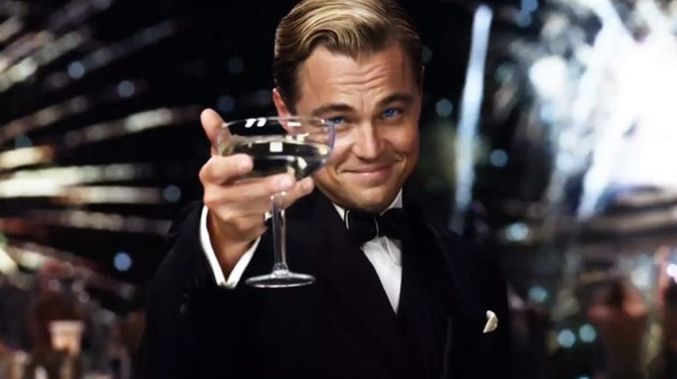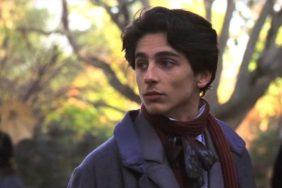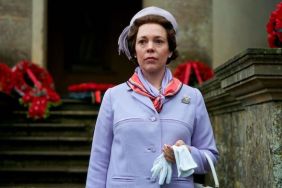There are bad films and books, of this there is no doubt. For every Citizen Kane or For Whom the Bell Tolls, there are ten ‘Scary Movie’ sequels or novels called “I Hope They Serve Beer in Hell.” There is a lot of bad literature out there but sometimes, just sometimes, we are given classics. It doesn’t happen often but when it does…when it does, it’s magic. It is also magic when classic books are adapted into films. This doesn’t work all the time. There are plenty of bad adaptations. But once in a while a book translates so perfectly to screen that audiences barely remember the book!
5) The Wizard of Oz (Published in 1900, Adapted to Film in 1939)
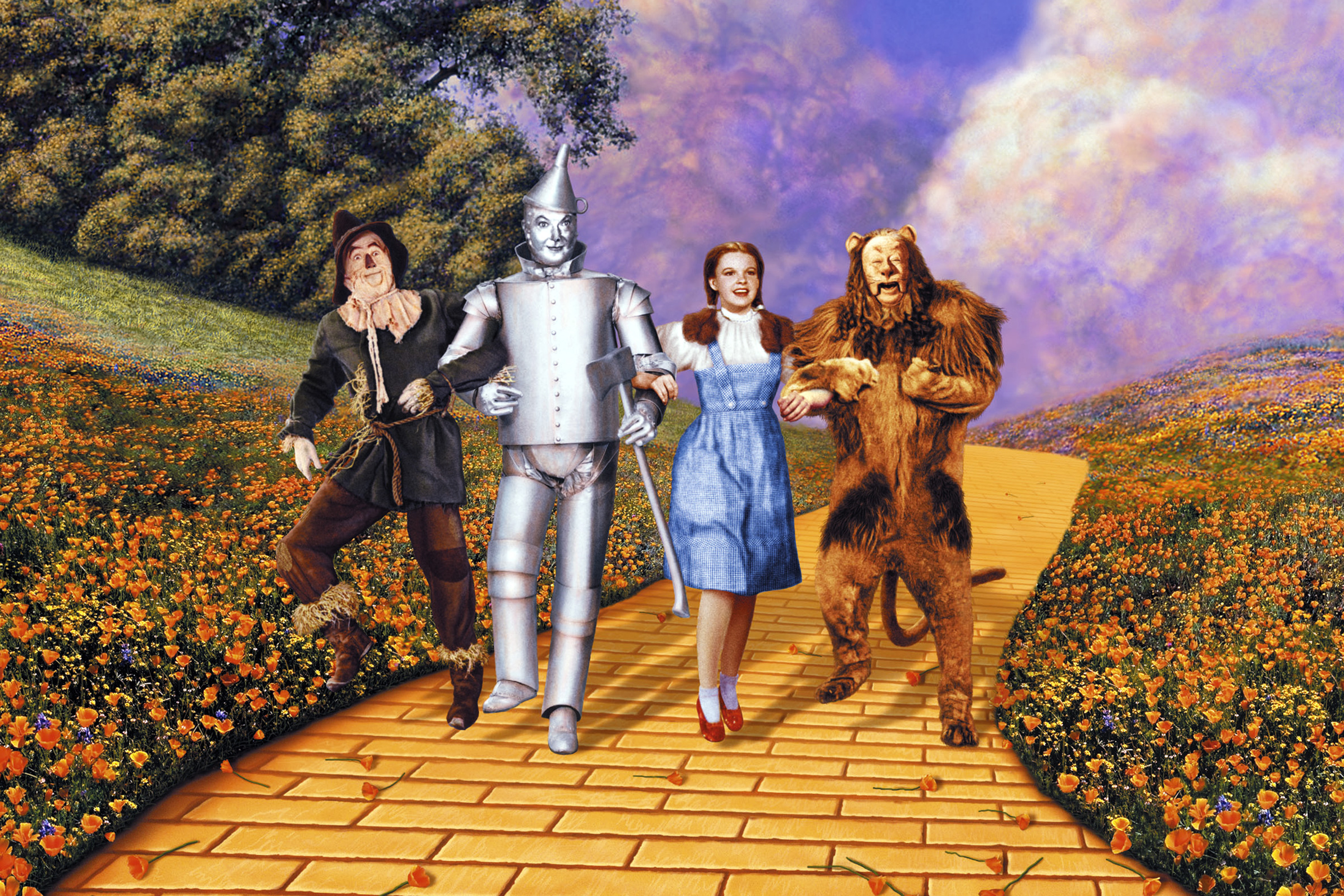
When L. Frank Baum sat down at his desk to write a little story called The Wonderful Wizard of Oz, he had no idea that it would become not only a classic book, but a classic movie as well. While the book was significantly darker than the film adaptation, there was still a sense of magic that could only exist in Oz. The film took a few liberties to make it more “kid friendly,” but it still had the Wicked Witch, the Scarecrow, the Tin Man, the Cowardly Lion, Dorothy, Toto, and the Wonderful Wizard himself. The movie also featured original songs that have become almost as popular as the film itself. The Wonderful Wizard of OZ spawned more than 14 sequels but, aside from a super weird acid trip of a movie called Return to Oz and some James Franco flick, nobody has really touched the original film. It’s probably better that way, as nobody really could touch the original film.
4) To Kill a Mockingbird (Published in 1960, Adapted to Film in 1962)
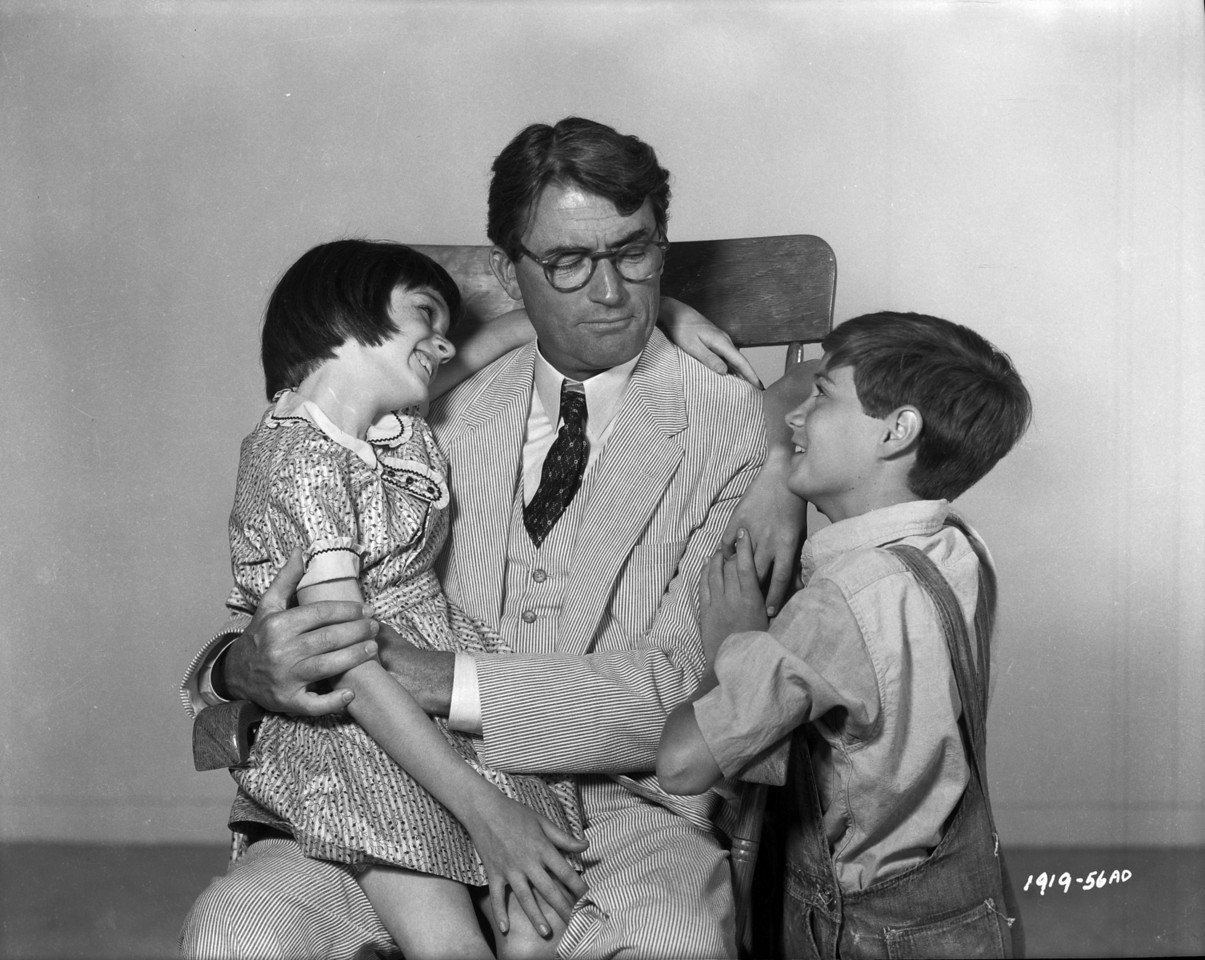
To Kill a Mockingbird told the story of Scout Finch, her brother Jem and their father, Atticus. While Scout and Jem are spying on their mysterious neighbor, Boo Radley, Atticus takes on the case of a black man accused of sexually assaulting a white woman. So who better to play the role of Atticus in the film than Gregory Peck? Often times, the character that we imagine whilst reading is vastly superior to whoever Hollywood casts as the movie version. In this case, Gregory Peck exceeded even our wildest imaginations. His look, his body language, and his acting – it was all perfect. Gregory Peck, for our money, is Atticus Finch and To Kill a Mockingbird is one of the best book-to-movie cases in the world.
3) Charlie and the Chocolate Factory (Published in 1964, Adapted to Film in 1971)
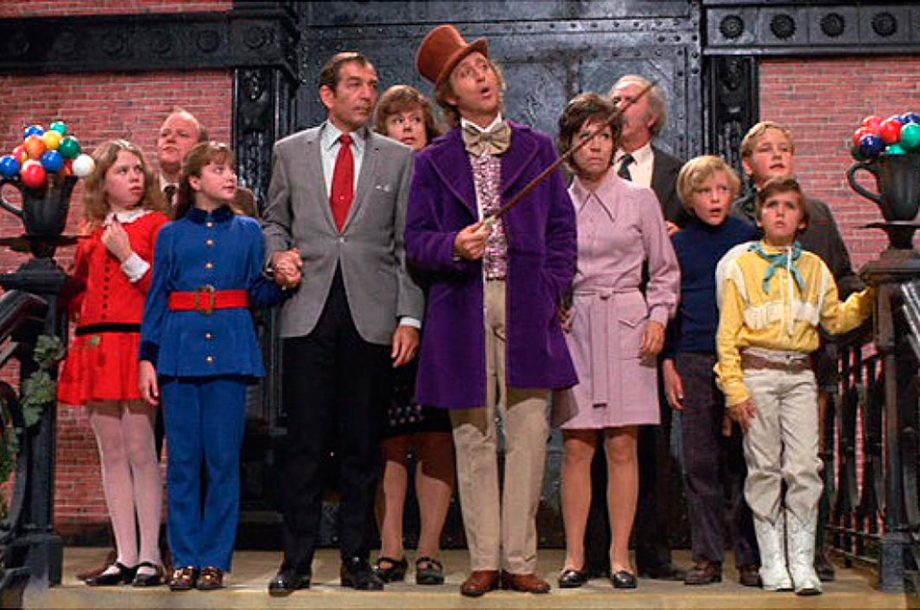
Published in 1964, Roald Dahl’s seminal classic was written for children, but it was still oh-so-entertaining for adults. It told the story of Charlie Bucket, a boy of limited means who finds a Golden Ticket that allows him and his grandfather access to Willy Wonka’s Chocolate Factory. Wonka was an elusive figure, so to get invited to his factory was, like, a really big deal. Charlie is joined by other children who are not as pure of heart. People like Veruca Salt, Violet Beauregarde, Mike Teavee and others simply had no place in Willy Wonka’s Chocolate Factory. They’re given their just desserts, though. Charlie himself receives the greatest gift ever, though. Wonka gives him his Chocolate Factory and Charlie and his parents and his grandparents all live happily ever after…and finally in separate beds.
It was near impossible to replicate the childlike fun and innocence (but also super creepy undertones) of Charlie and the Chocolate Factory. But, when the movie was released in 1971, (with a slight name change) it did exactly that. Casting funnyman Gene Wilder as the titular Willy Wonka certainly helped. In fact, this may be a case of the movie being even better than the book. Willy Wonka and the Chocolate Factory, as it came to be known, was a bright, yet dark, colorful but saturated satirical take on greed, gluttony, and gobstoppers.
2) Gone with the Wind (Published in 1936, Adapted to Film in 1940)
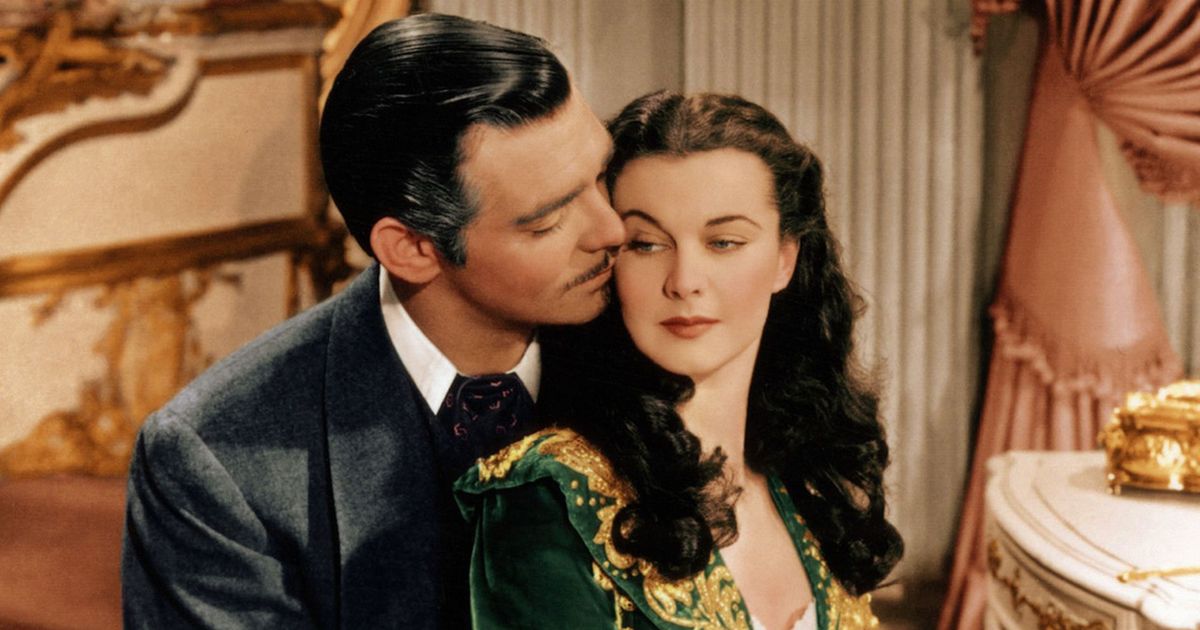
The film version of Gone with the Wind is such a classic, that many people don’t even realize it was a book first! So perfect was the chemistry between Vivien Leigh as Scarlett O’Hara and Clark Gable as Rhett Butler. But there was a book first and it was a classic in its own right. American writer Margaret Mitchell told a story of race, love, war and Reconstruction, all within the confines of 1037 pages. When it was adapted into a film, it only brought more eyes to the book. A lot of times, movies are disappointing adaptations of the book. In the case of Gone with the Wind, it was simply a story that was so big, it couldn’t be contained in only one medium.
1) The Great Gatsby (Published in 1925, Adapted to Film Multiple Times But We’re Talking 2013)
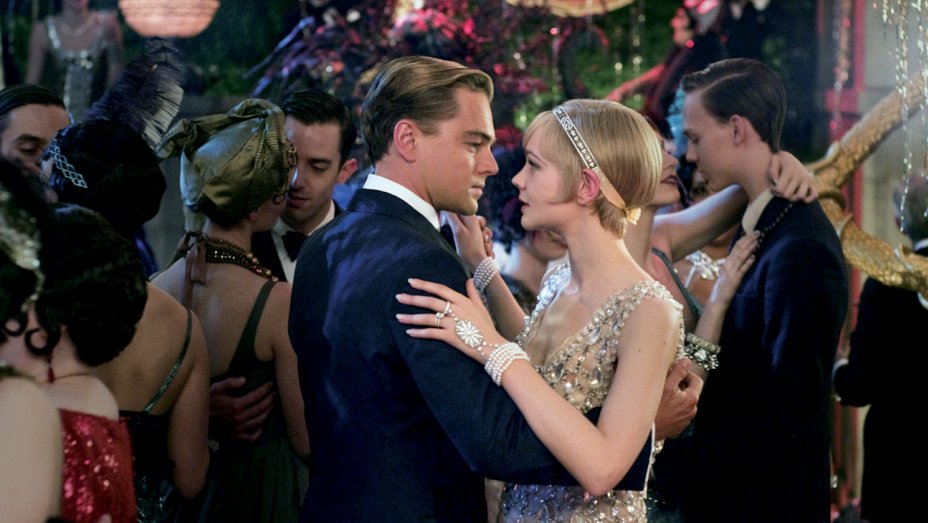
The Great Gatsby was, arguably the Great American Novel when it was released in 1925. Scott Fitzgerald, or F. Scott Fitzgerald to those who didn’t know him, wove a masterpiece of a book that, until 2013, would simply not translate correctly to film. That all changed when Leonardo DiCaprio wore the tux of Jay Gatsby and brought the elusive, enigmatic character to life, truly, for the first time on screen. Gatsby shouldn’t have worked. It was an old-fashioned tale in a modern world. But that was the beauty of it. By combining contemporary songs with the “classical” scenes in the film, it went over like over.
We are a participant in the Amazon Services LLC Associates Program, an affiliate advertising program designed to provide a means to earn fees by linking to Amazon.com and affiliated sites.
